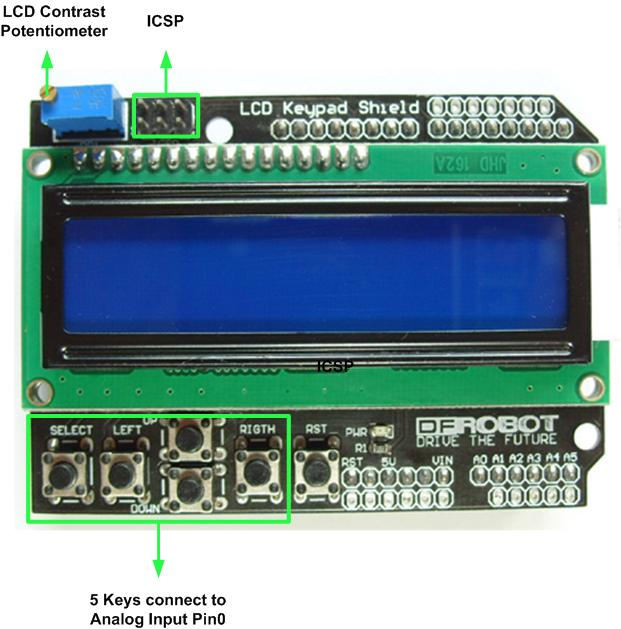
Month: April 2019
J.S. Bach Brandenburg Concerto No.5 Movement 1
“A” Major Piano Scale – Piano Scale Lessons
“A” Minor Scale On Piano – Piano Scale Lessons (Left and Right Hand)
How to play C and G Major Scales on piano
Coda (music)
Codetta (music)
Codetta (Italian for “little tail”, the diminutive form) has a similar purpose to the coda, but on a smaller scale, concluding a section of a work instead of the work as a whole. A typical codetta concludes the exposition and recapitulation sections of a work in sonata form, following the second (modulated) theme, or the closing theme (if there is one). Thus, in the exposition, it usually appears in the secondary key, but, in the recapitulation, in the primary key. The codetta ordinarily closes with a perfect cadence in the appropriate key, confirming the tonality. If the exposition is repeated, the codetta is also, but sometimes it has its ending slightly changed, depending on whether it leads back to the exposition or into the development sections.
Jean-Baptiste Lully – Wikipedia
Jean-Baptiste Lully (UK: /ˈlʊli/, US: /luːˈliː/; French: [ʒɑ̃ baˈtist lyˈli]; born Giovanni Battista Lulli, Italian: [ˈlulli]; 28 November 1632 – 22 March 1687) was an Italian-born French composer, instrumentalist, and dancer who spent most of his life working in the court of Louis XIV of France. He is considered a master of the French Baroque style. Lully disavowed any Italian influence in French music of the period. He became a French subject in 1661.
Chord
Figured bass, or thoroughbass, is a kind of musical notation in which numerals and symbols (often accidentals) indicate intervals, chords, and non-chord tones that a musician playing piano, harpsichord, organ, lute (or other instruments capable of playing chords) play in relation to the bass note that these numbers and symbols appear above or below. Figured bass is closely associated with basso continuo, a historically improvised accompaniment used in almost all genres of music in the Baroque period of Classical music (1600–1750), though rarely in modern music.
Figured bass (basso continuo)
Figured bass, or thoroughbass, is a kind of musical notation in which numerals and symbols (often accidentals) indicate intervals, chords, and non-chord tones that a musician playing piano, harpsichord, organ, lute (or other instruments capable of playing chords) play in relation to the bass note that these numbers and symbols appear above or below. Figured bass is closely associated with basso continuo, a historically improvised accompaniment used in almost all genres of music in the Baroque period of Classical music (1600–1750), though rarely in modern music.
Johann Pachelbel
Johann Pachelbel (baptised 1 September 1653 – buried 9 March 1706) was a German composer, organist, and teacher who brought the south German organ schools to their peak. He composed a large body of sacred and secular music, and his contributions to the development of the chorale prelude and fugue have earned him a place among the most important composers of the middle Baroque era.
Pachelbel’s music enjoyed enormous popularity during his lifetime; he had many pupils and his music became a model for the composers of south and central Germany. Today, Pachelbel is best known for the Canon in D, as well as the Chaconne in F minor, the Toccata in E minor for organ, and the Hexachordum Apollinis, a set of keyboard variations.
He was influenced by southern German composers, such as Johann Jakob Froberger and Johann Caspar Kerll, Italians such as Girolamo Frescobaldi and Alessandro Poglietti, French composers, and the composers of the Nuremberg tradition[citation needed]. He preferred a lucid, uncomplicated contrapuntal style that emphasized melodic and harmonic clarity. His music is less virtuosic and less adventurous harmonically than that of Dieterich Buxtehude, although, like Buxtehude, Pachelbel experimented with different ensembles and instrumental combinations in his chamber music and, most importantly, his vocal music, much of which features exceptionally rich instrumentation. Pachelbel explored many variation forms and associated techniques, which manifest themselves in various diverse pieces, from sacred concertos to harpsichord suites.